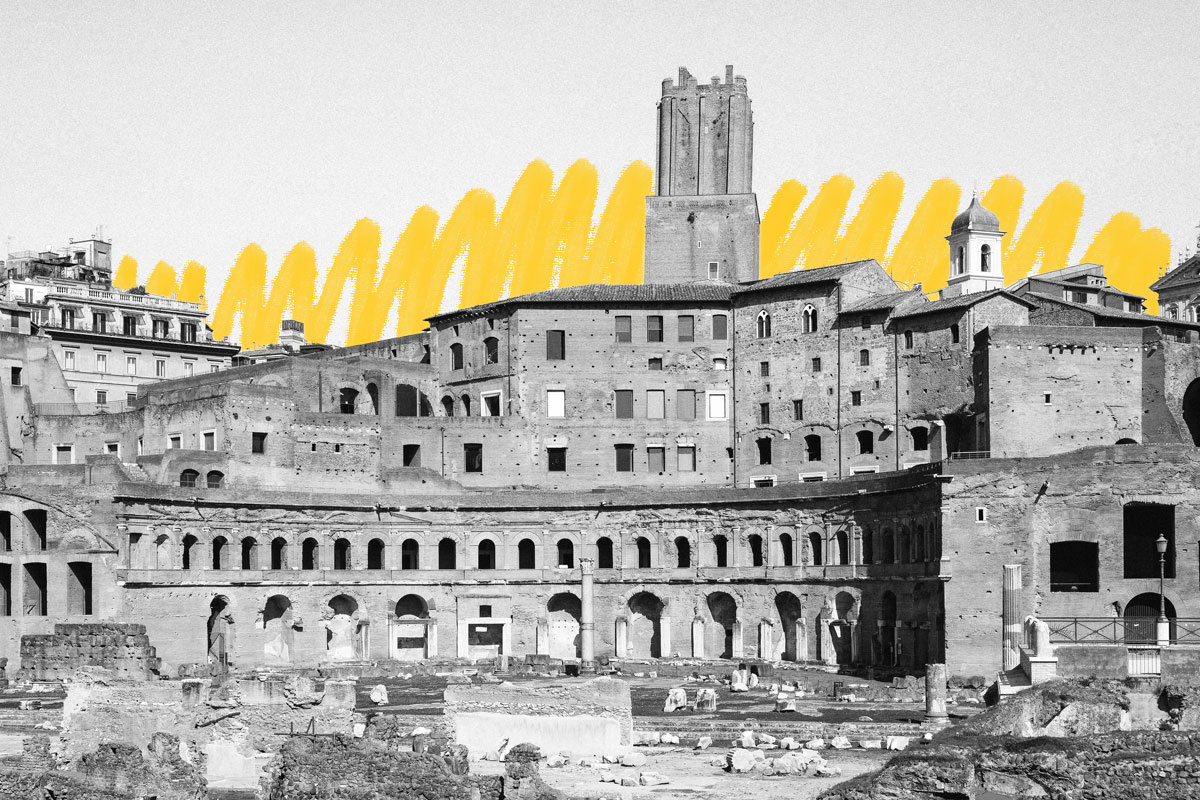Ancient Romans used concrete more durable than modern concrete.
The ancient Romans are known for many innovations that were ahead of their time, including running water and a rotating dining room. But some of the civilization’s construction work seems ahead of even our time. Case in point: Concrete used in some ancient Roman construction is much stronger than most modern concrete, surviving for millennia and getting stronger, not weaker, over time. Roman concrete endures even in seismically active regions and without reinforcement. The secret ingredient? The sea.
According to a recipe by Roman engineer Marcus Vitruvius from 30 BCE, builders mixed this ancient mortar with a combination of volcanic ash, lime, and seawater, poured it into wooden molds, then soaked it in additional seawater. This created a strong concrete suitable for dramatic structural designs. The material essentially reinforced itself over time, especially in, but not limited to, marine environments. Some 2,000-year-old sea walls, such as those lining the Italian coast, are near-indestructible, and the basic method has also kept walls in the Trajan’s Market archaeological complex standing since the second century CE.
As the ancient concrete ages, moisture dissolves volcanic ash and triggers a chemical reaction that causes small crystals to form. These crystals resemble materials that engineers add to concrete to toughen it up today, but because they develop naturally after the structure is already in place, they’re able to further bind the concrete together, particularly in porous areas that are usually weak.
Roman concrete is also more environmentally friendly than most modern cement — the key active ingredient in today’s concrete — which requires extremely high temperatures to create. The volcanic ash and similar compounds, collectively called pozzolan, bake at much lower temperatures, and the resulting crystals don’t require heat to form.







